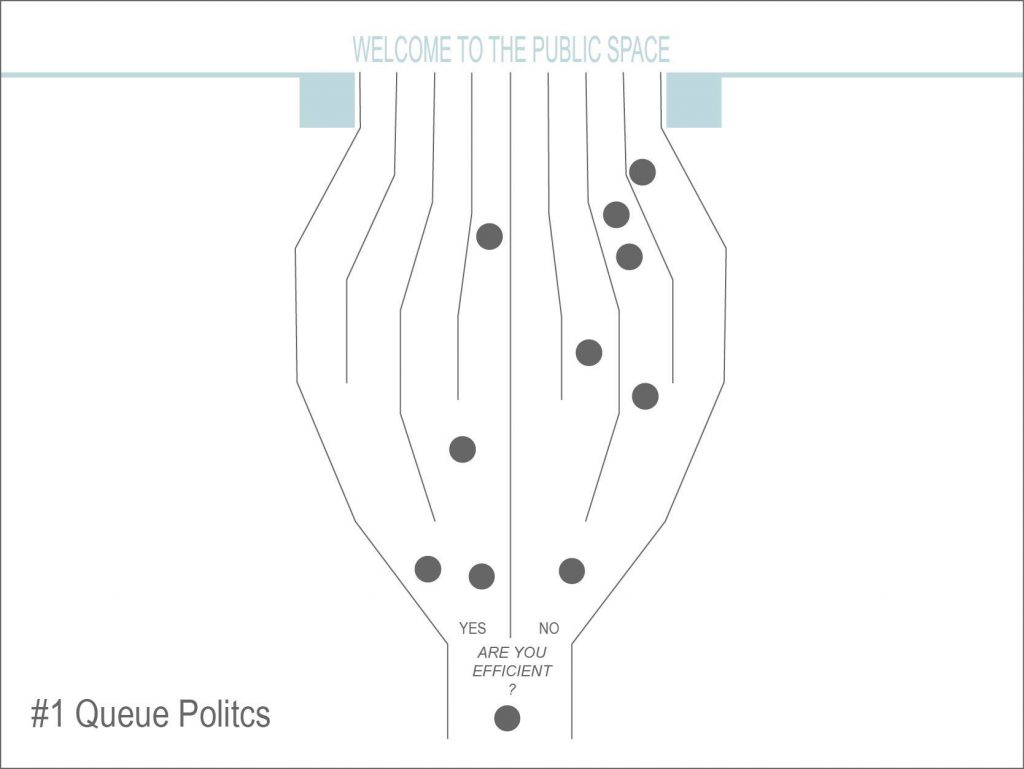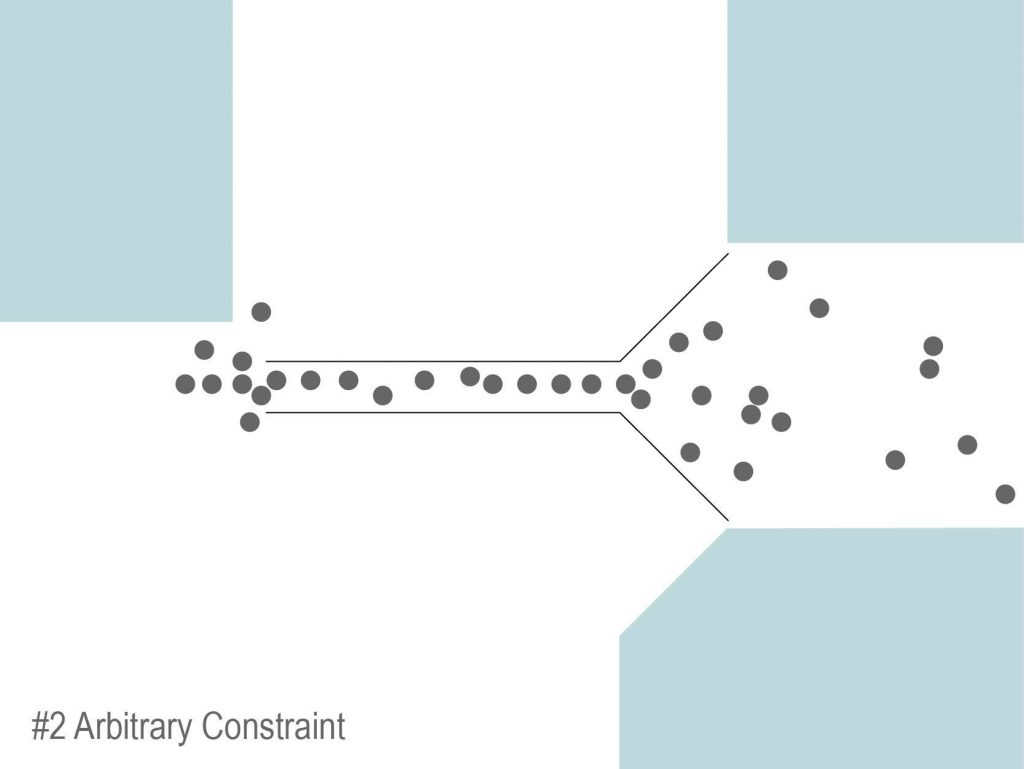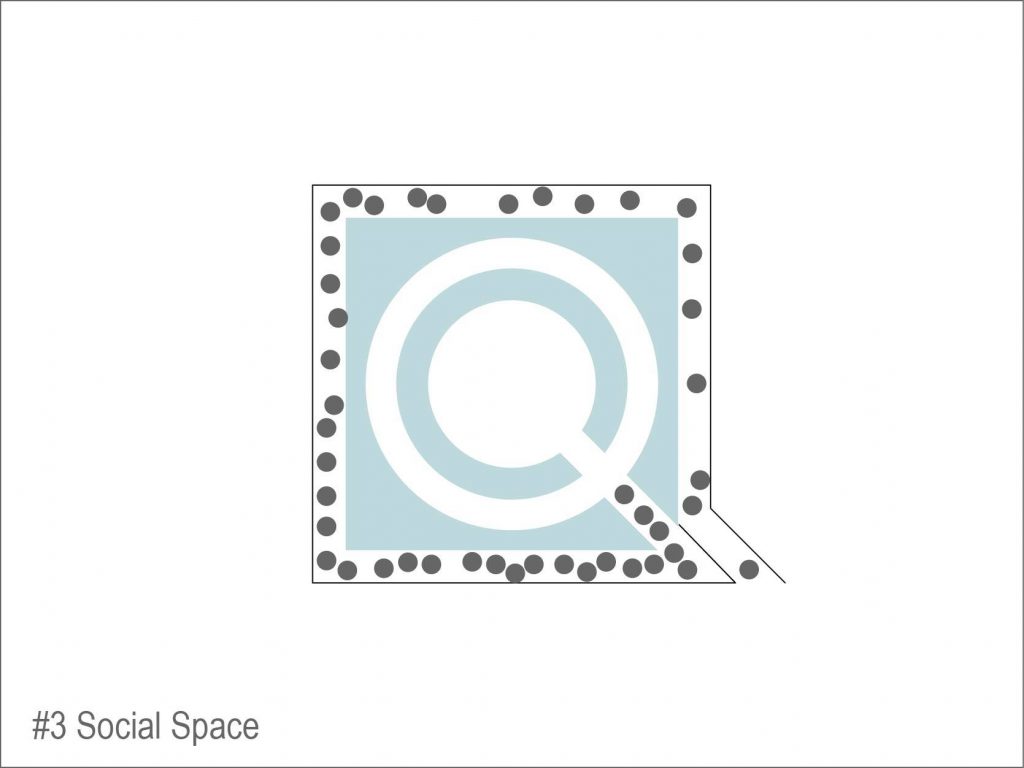The Politics of Queuing and the Architecture of the Queue {2016 – Ongoing}
The Politics of Queuing and the Architecture of the Queue deals with the spatial, mental, political, economic and social implications of the queue, its taxonomies, preconditions, procedures and the parameters of interdependence between its actors, and it will manifest in a digital research database and in physical interactions with queues.
Protocol #1 – Todays Art (The Hague, Sept 2016)
People line up in railway stations, shops, border controls, museums. Queues are an increasingly dominant spatial phenomenon that presents us with a powerful metaphor for the ambivalence of the Western notion of public space as we encounter it today.

The queue as such is used as a managerial tool to control individual bodies, spaces and publics, but at the same time, it represents equality. While queuing, social differentiation appears rather arbitrary. Queues bear the spatial and mental condition of being nor inside nor outside: while queuing you are nowhere, in between, on a threshold, in constant flux. We experiment with collective dynamics and movements to raise questions about the democratic qualities of public space and the agency of the ‘public’. Through a series of four public interventions, each deploying a set of rules, layouts, and instruments, through this project we explore both the spatiality of queuing systems and the experience of queuing itself.
____________________________________________
* The Politics of Queuing and the Architecture of the Queue is a common undertaking of Pablo Calderón Salazar, Rebekka Kiesewetter [Depot Basel], La Jetée, Marginal and Parasite 2.0. We are interested in the spatial, mental, political, economic and social implications of the queue, its taxonomies, preconditions, procedures and the parameters of interdependence between its ‘actors’. The project will manifest in a digital research data base and in physical interactions with queues.



